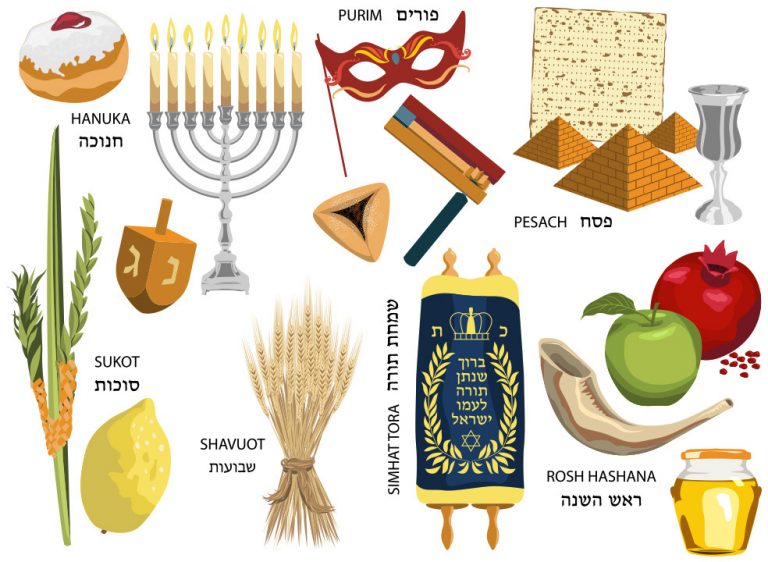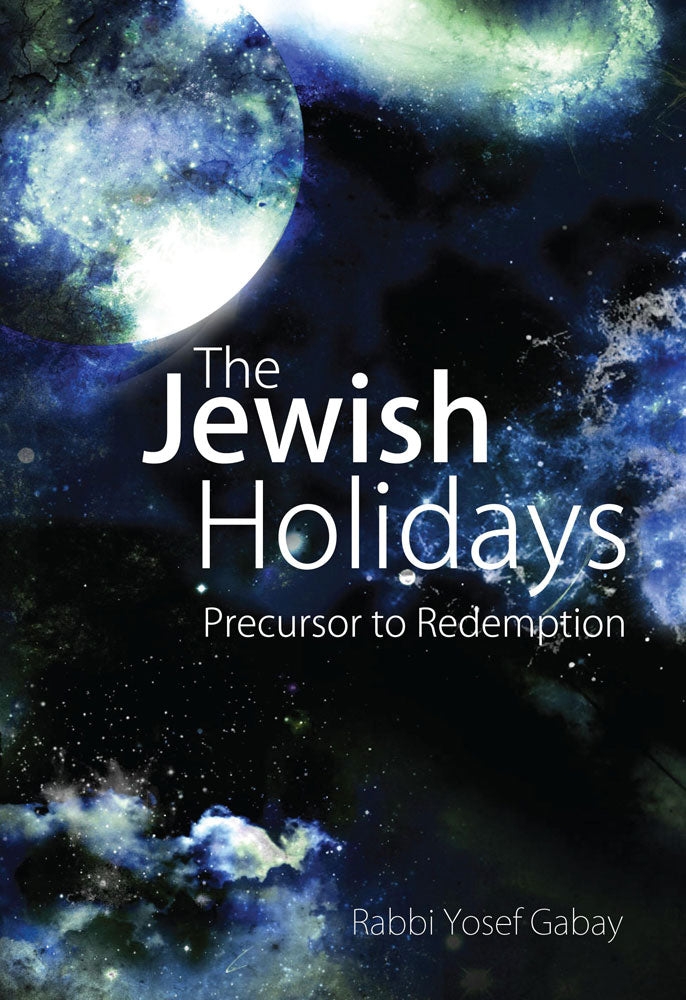Jewish Holidays in October 2025: A Comprehensive Guide
Related Articles: Jewish Holidays in October 2025: A Comprehensive Guide
Introduction
In this auspicious occasion, we are delighted to delve into the intriguing topic related to Jewish Holidays in October 2025: A Comprehensive Guide. Let’s weave interesting information and offer fresh perspectives to the readers.
Table of Content
Jewish Holidays in October 2025: A Comprehensive Guide

October 2025 marks a significant period in the Jewish calendar, featuring several holidays that hold profound meaning and offer opportunities for reflection, celebration, and connection. This guide delves into these holidays, providing insights into their origins, traditions, and significance.
1. Sukkot (Feast of Tabernacles):
Sukkot, celebrated for seven days starting on the 15th of Tishrei (typically in late September or early October), commemorates the Israelites’ 40 years of wandering in the desert after their exodus from Egypt. During this period, they lived in temporary shelters, known as sukkahs.
Key Observances:
- Building a Sukkah: Families construct temporary shelters made of natural materials like branches and cloth. These sukkahs serve as a reminder of the Israelites’ vulnerability and dependence on God’s protection.
- Eating Meals in the Sukkah: Meals are eaten in the sukkah throughout the holiday, symbolizing the Israelites’ reliance on God for sustenance.
- Four Species: The use of four specific species – the lulav (palm branch), etrog (citron), hadas (myrtle), and aravah (willow) – is central to Sukkot. These symbolize different aspects of Jewish life and the interconnectedness of the Jewish people.
- Simchat Torah: The final day of Sukkot is celebrated as Simchat Torah, a joyous occasion that focuses on the completion and beginning of the annual Torah reading cycle.
Significance:
Sukkot emphasizes gratitude for God’s protection and provision. It also encourages reflection on the fragility of life and the importance of relying on faith. The sukkah symbolizes the temporary nature of earthly life and our dependence on God’s grace.
2. Shemini Atzeret and Simchat Torah:
Shemini Atzeret, literally "Eighth Day of Assembly," is a single-day holiday that follows Sukkot. It signifies the conclusion of the harvest festival and marks a time for prayer and reflection.
Key Observances:
- Special Prayers: Shemini Atzeret is characterized by special prayers and blessings.
- Continuation of Sukkah Observances: Some customs of Sukkot, such as eating meals in the sukkah, are continued on Shemini Atzeret.
Significance:
Shemini Atzeret provides an opportunity for continued reflection on the themes of Sukkot, specifically on the importance of seeking God’s presence and guidance.
Simchat Torah, the "Rejoicing of the Torah," is celebrated on the evening of Shemini Atzeret. It marks the completion of the annual Torah reading cycle and the beginning of a new one.
Key Observances:
- Torah Procession: Synagogues hold processions where the Torah scrolls are carried around the sanctuary, symbolizing the joy and importance of studying and living by Torah teachings.
- Singing and Dancing: The atmosphere is filled with singing, dancing, and celebration, reflecting the joy of the Jewish community in its connection to the Torah.
Significance:
Simchat Torah emphasizes the ongoing cycle of Torah study and the enduring relevance of its teachings in Jewish life. It highlights the importance of passing on Jewish tradition to future generations.
3. Hoshana Rabbah:
Hoshana Rabbah, the seventh day of Sukkot, is a day of intense prayer and repentance. It marks the culmination of the High Holy Days period, which began with Rosh Hashanah and Yom Kippur.
Key Observances:
- Tashlich: The custom of Tashlich involves symbolically casting away sins by throwing bread crumbs or stones into a body of water.
- Seven Circuits Around the Bimah: In synagogues, a special prayer service is held where the congregation walks seven times around the bimah (raised platform) carrying lulav and etrog, symbolizing the seven days of Sukkot.
- Willow Branches: The aravah (willow) branches are beaten against the ground during the service, signifying the need for forgiveness and the hope for a fruitful year.
Significance:
Hoshana Rabbah emphasizes the importance of repentance and seeking forgiveness. It serves as a final opportunity for introspection and recommitment to living a meaningful and righteous life.
FAQs about Jewish Holidays in October 2025
Q1: How do I build a sukkah?
A1: Building a sukkah involves constructing a temporary shelter with a roof made of natural materials like branches and cloth. The sukkah must be at least 10 feet square and have a minimum of three walls. It should be sturdy enough to withstand the elements.
Q2: What are the four species and what do they symbolize?
A2: The four species are:
- Lulav (palm branch): Represents the spine of the Jewish people, symbolizing strength and uprightness.
- Etrog (citron): Represents the heart of the Jewish people, symbolizing goodness and sweetness.
- Hadas (myrtle): Represents the eyes of the Jewish people, symbolizing the need for vision and understanding.
- Aravah (willow): Represents the mouth of the Jewish people, symbolizing the power of speech and prayer.
Q3: What are some common foods eaten during Sukkot?
A3: Common foods enjoyed during Sukkot include:
- Cholent: A slow-cooked stew traditionally made with beans, barley, and meat.
- Tzimmes: A sweet and savory dish made with carrots, sweet potatoes, and dried fruit.
- Apples and Honey: A traditional symbol of the sweetness of the New Year, often eaten during Sukkot.
Q4: What is the significance of Simchat Torah?
A4: Simchat Torah celebrates the completion of the annual Torah reading cycle and the beginning of a new one. It underscores the importance of studying and living by Torah teachings and emphasizes the joy of Jewish tradition.
Q5: How can I participate in Tashlich?
A5: Tashlich involves symbolically casting away sins by throwing bread crumbs or stones into a body of water. It is a communal practice often performed near a river, lake, or ocean.
Tips for Observing Jewish Holidays in October 2025:
- Plan Ahead: Prepare for Sukkot by purchasing or gathering the necessary materials for building a sukkah.
- Engage in the Traditions: Participate in the various customs and observances associated with each holiday.
- Reflect and Connect: Use these holidays as opportunities for introspection, reflection, and strengthening your connection to your Jewish heritage.
- Share with Others: Invite friends and family to join you in celebrating these meaningful holidays.
- Learn More: Explore resources and materials that provide deeper insights into the history, significance, and practices of these holidays.
Conclusion:
October 2025 offers a rich tapestry of Jewish holidays, each with unique traditions and profound meaning. These holidays provide opportunities for reflection, celebration, and strengthening the bonds of Jewish community. By engaging in these observances, individuals and families can connect with their heritage, deepen their faith, and celebrate the enduring spirit of Jewish tradition.








Closure
Thus, we hope this article has provided valuable insights into Jewish Holidays in October 2025: A Comprehensive Guide. We hope you find this article informative and beneficial. See you in our next article!